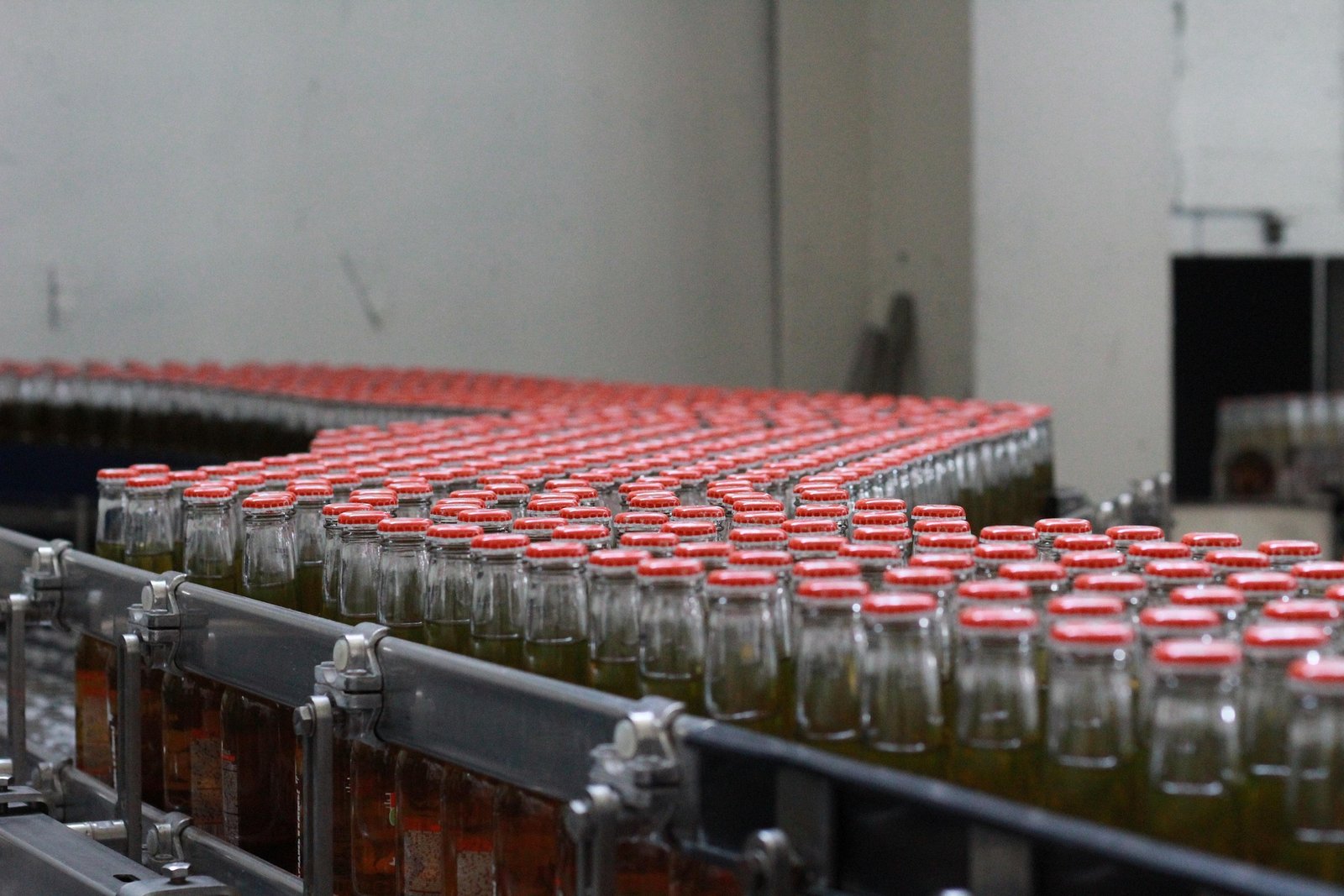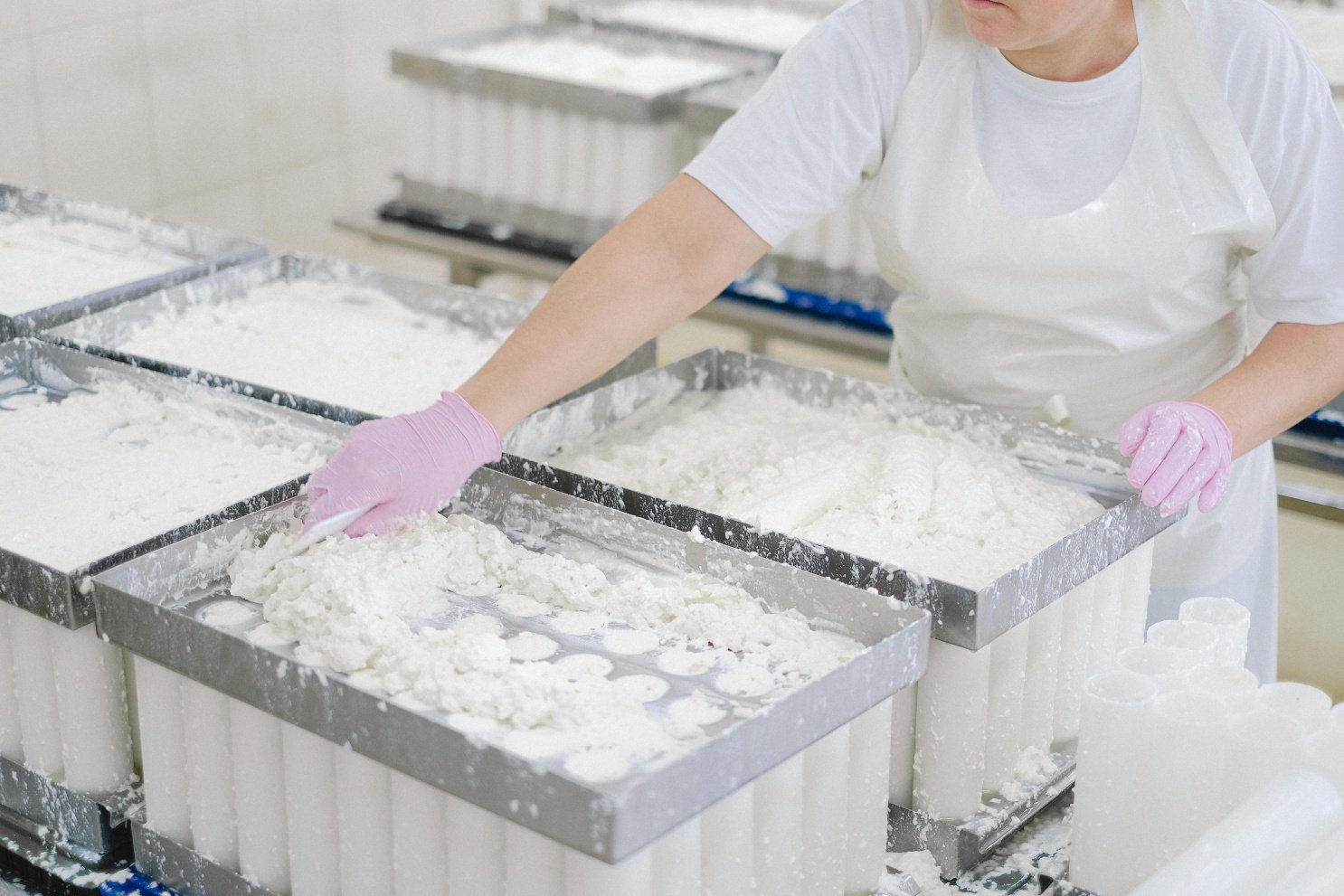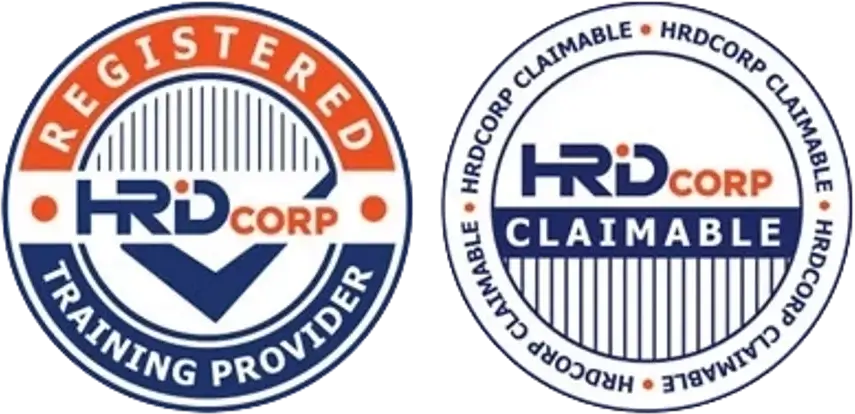What’s the Difference Between a SOP and a WI in GMP Systems?
In a GMP-compliant facility, documentation is everything. From cleaning routines to equipment operation, clear and structured documents are essential for ensuring product quality, traceability, and regulatory compliance.
Two of the most commonly used document types are:
-
SOP (Standard Operating Procedure)
-
WI (Work Instruction)
While they may seem similar, they serve different purposes in your GMP system—and using them correctly is critical.
📘 What Is a SOP?
-
Standard Operating Procedure
-
A high-level document that outlines how a process is to be performed consistently.
-
Focuses on the “what” and “why” behind an activity.
-
Applies to routine, repeatable processes across departments.
✅ Key Features of a SOP:
-
Covers the scope, responsibilities, and procedure overview
-
Typically includes:
-
Document number & version control
-
Purpose and objective
-
Department or process scope
-
List of responsible personnel
-
References to related documents or regulations
-
-
Often supported by WIs or forms
🛠️ What Is a WI?
-
Work Instruction
-
A detailed, step-by-step guide on how to perform a specific task.
-
Focuses on the “how”, often at the operational level.
-
Usually linked to a specific machine, tool, or job role.
✅ Key Features of a WI:
-
Task-specific instructions with photos or diagrams (if needed)
-
Language is usually more instructional or action-based
-
Written for operators or technicians to follow exactly
-
May include:
-
Tools or materials required
-
Machine settings or codes
-
Safety notes or PPE needed
-
Inspection points or tolerances
-
🔍 SOP vs WI: A Side-by-Side Comparison
| Feature | SOP (Standard Operating Procedure) | WI (Work Instruction) |
|---|---|---|
| Purpose | Explain what and why | Show how |
| Detail Level | Medium to high-level process steps | Step-by-step, very detailed |
| Audience | QA, Supervisors, Management | Operators, Technicians |
| Scope | Covers entire process | Focuses on a specific task |
| Examples | SOP for Cleaning Procedures | WI for Cleaning the Blender Machine |
| Format | Text-based, may reference WIs | Often includes photos/diagrams |
| Revision Frequency | Reviewed less frequently | Reviewed more often due to updates |
📌 When to Use SOPs vs WIs in GMP
✅ Use SOPs When:
-
Defining a multi-step process
-
Addressing compliance or regulatory requirements
-
Establishing cross-functional roles
-
Describing how to handle non-conformities or deviations
✅ Use WIs When:
-
Providing exact machine operation steps
-
Outlining steps for visual inspections
-
Guiding calibration or measurement tasks
-
Training new staff on equipment procedures
❗ Common Mistakes in GMP Documentation
-
❌ Mixing SOP and WI content into one document
-
❌ Not version-controlling WIs like SOPs
-
❌ Using unclear or inconsistent formatting
-
❌ SOPs with too much technical detail (better suited for WIs)
-
❌ Failure to train staff on both document types
🧩 How They Work Together
Think of it this way:
SOP = the rulebook
WI = the play-by-play manual
In most GMP systems, SOPs reference WIs to ensure every instruction is both policy-compliant and actionable.
🏁 Final Thoughts
Both SOPs and WIs are essential for a GMP-compliant documentation system.
When used correctly:
-
SOPs ensure consistency and alignment with quality systems,
-
WIs ensure accuracy and safety on the production floor.
Need help writing SOPs and WIs that pass audits and improve performance?
At CAYS Scientific, we help food, pharma, and medical device companies create GMP-compliant documents that are easy to follow and meet regulatory expectations. Contact us to streamline your documentation process today.




